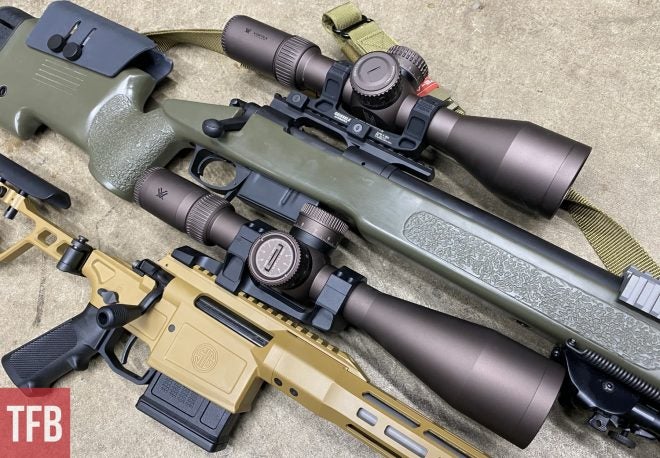Last month, I wrote about the brand new Vortex Razor Gen III and saw a number of upgrades from the previous generation of optics. It may seem like a large optic, but the Razor 6-36 does a number of things really well. Over the last month, I have been asked a number of times how it compares to their other offering which is the 4-27 Gen II optic. I have a couple of these optics and they are great choices for the money, but they are slightly different from the newer 6-36 variant. Having both variants to compare on rifles side by side makes this relatively easy to look at pros and cons with both models. Let’s take a closer look at the Vortex Razor 4-27 vs 6-36.
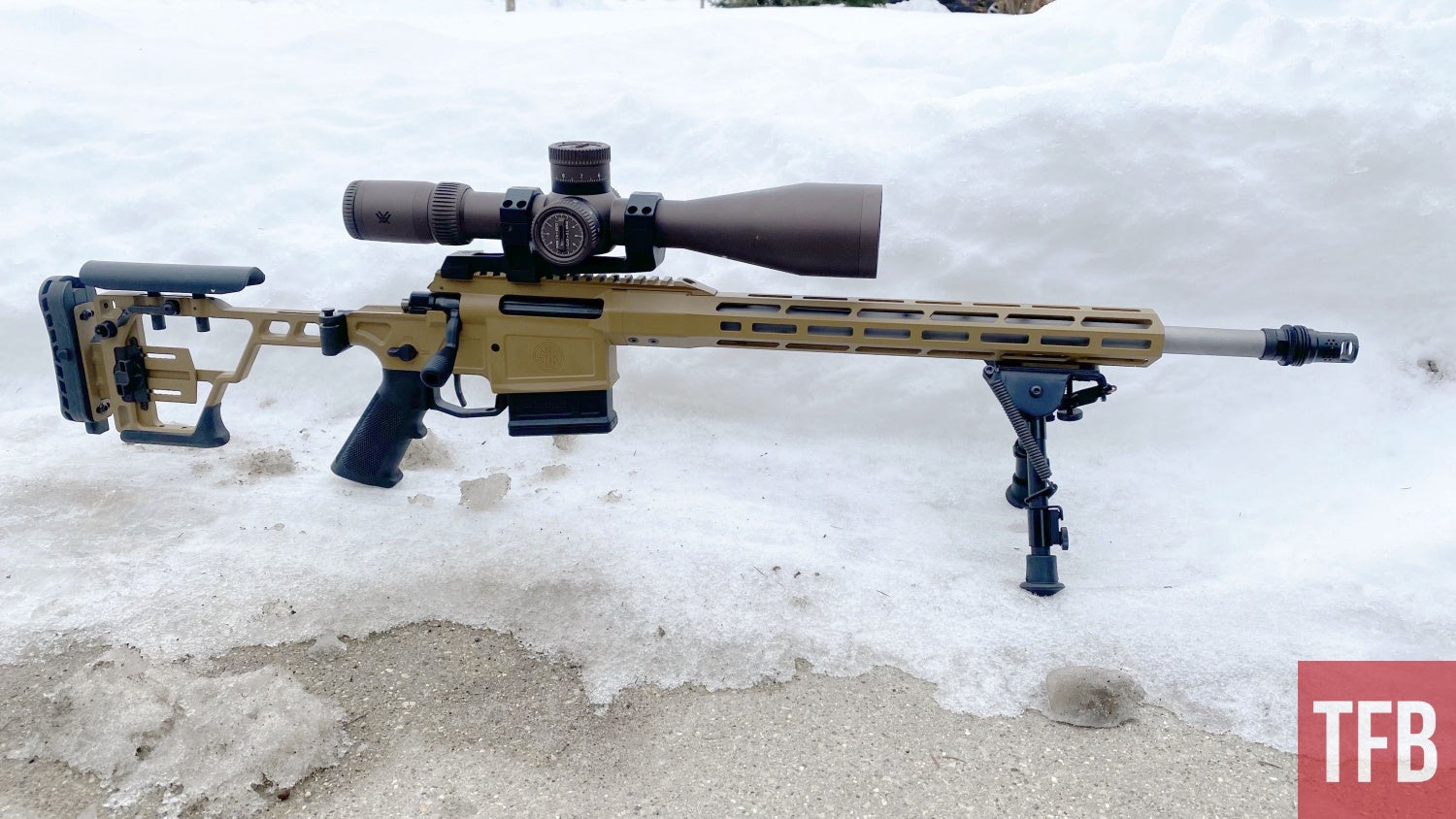
Vortex Razor Gen II 4.5-27
The Vortex Razor Gen II 4.5-27×56 FFP optic has been out for a couple of years now with a steady amount of market success. For the last several years, this optic was one of the flagship products and was a popular option among PRS competitors, long-range shooters and hunters alike. The 4.5-27 magnification offers a fairly wide range of usable magnification and was overall a solid optic in Vortex’s line of optics.

Benefits Of the razor 4.5-27
The biggest benefit of the Razor 4.5-27×56 is the amount of roles it can play when it comes to a quality long-range optic. If you like to shoot at various ranges from 50 to 1,000 yards, this optic is just for you. I look at the Razor Gen II as the “Do-All” optic for precision shooting. I’ve taken this out hunting for whitetail primarily using 4-6 power just scanning and looking around. Other times I have laid behind this optic on my M40 and shot out 800-1,000 yards with zero issues.
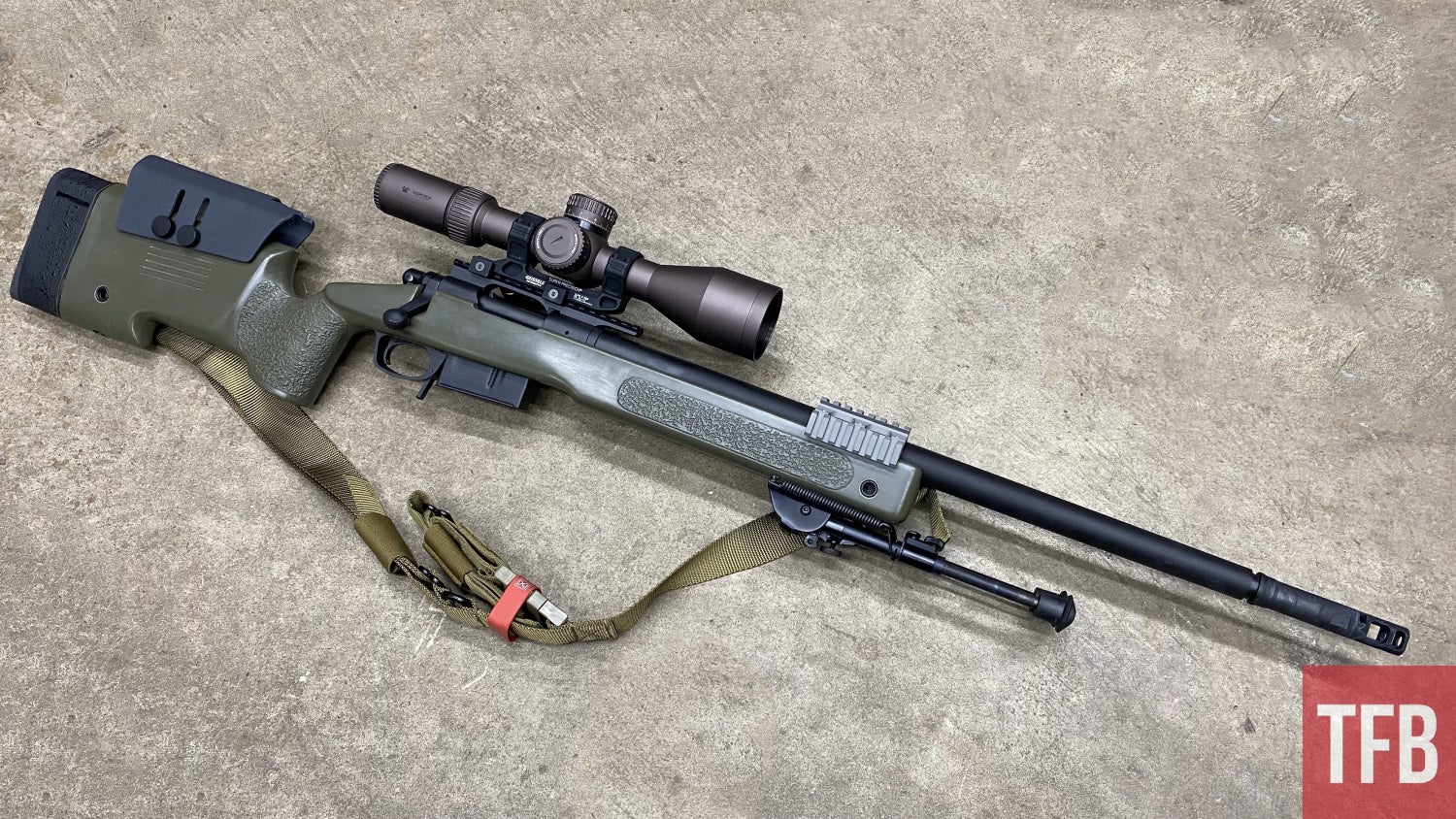
The level of clarity and versatility really makes this optic shine compared to others on the market. Eye relief on this optic is fairly good with a decent amount of room to forgive you. I really like the eye box and the overall field of view is excellent for acquiring long-range targets. If you’re looking for a very versatile optic to serve you well, the Gen II Razor is a great choice.

Cons
After spending some time with the newer 6-36 variant of this optic, there are a few small quirks with this optic I have noticed. Vortex definitely looked at some of the adjustments for the 6-36 and made improvements from their experience with the 4.5-27. The windage and elevation adjustments on the newer 6-36 have a higher maximum than the Gen II 4.5-27. The newer optic has an elevation max of 36.1 MRAD whereas the older Gen II has a max elevation of 33 MRAD.
This may not seem like a huge issue which isn’t in the grand scheme of things but if you’re looking for an extended long-range optic, there may be better offerings from Vortex than this 4.5-27. The other difference I’ve noticed using the newer Gen III variant is that it has a parallax of 10 yards whereas the Gen II variant has a minimum parallax of 32 yards. With the 4.5 minimum magnification, it would be nice to have the parallax be able to go down to 10 yards like the new model for zero purposes.
Vortex Razor Gen III 6-36×56 FFP
Earlier this year, the newest variant of the Razor optic line came out with the 6-36×56 making it the newest flagship model for Vortex. Vortex wanted to offer an optic with longer range capability making this optic the largest magnified optic they offer. A number of individuals in western states as well as competitions were looking for a higher magnified optic which Vortex delivered.
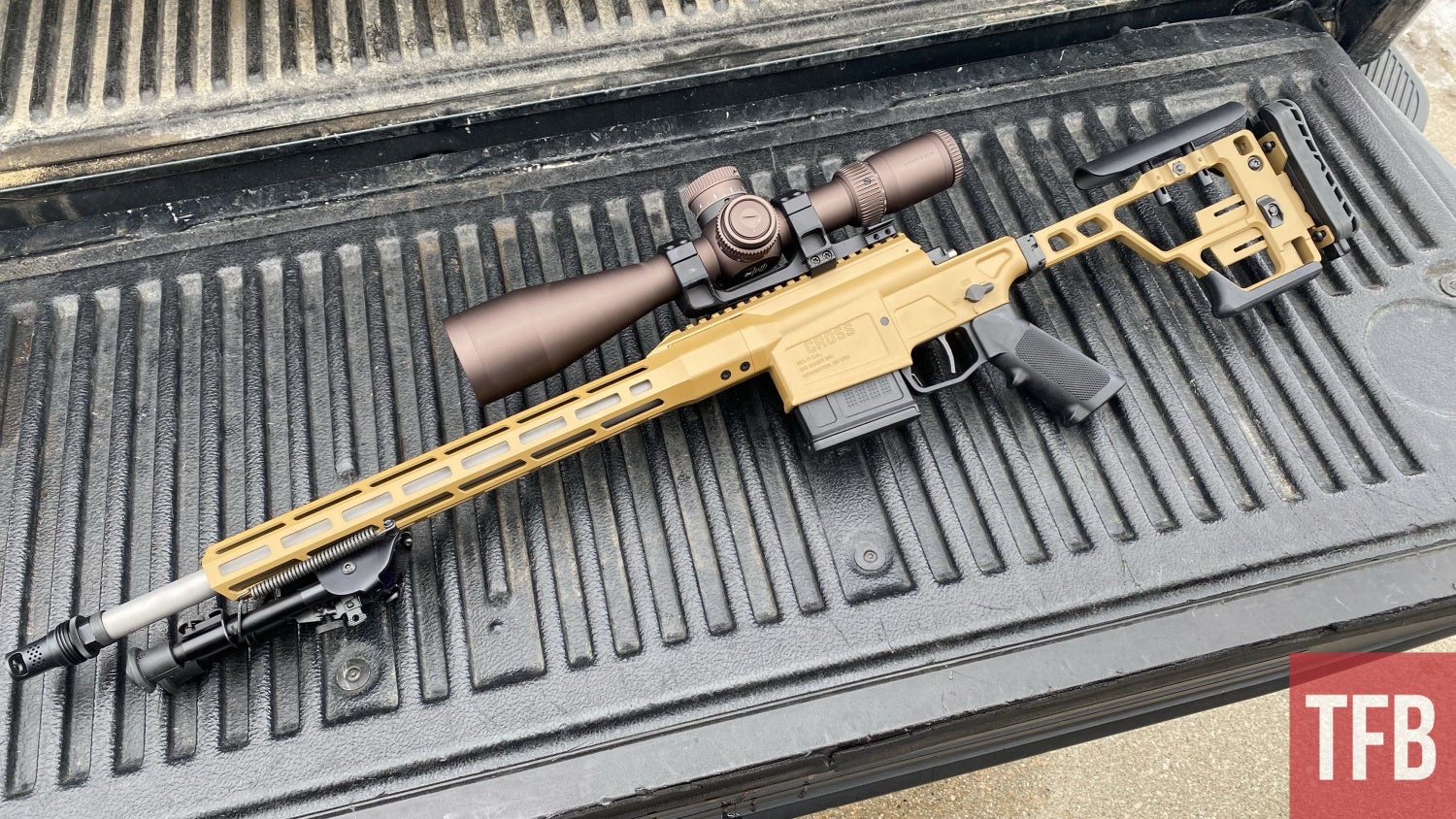
Benefits of the Razor Gen III 6-36×56 FFP
The Vortex Razor 6-36 made a number of improvements with weight and adjustments to windage and elevation. The overall length is slightly heavier than the 4.5-27 Razor but the overall weight is 3 ounces lighter even though it offers magnification to 36. Probably the most noticeable difference between the two optics is the level of glass clarity and light collection in low-light situations. The amount of light collection has significantly improved with the 6-36 Razor which makes seeing much easier in low light conditions. Zeroing the new Razor is a bit easier with a lower 10-yard parallax. It isn’t a huge shift from the previous generation, but it is a nice touch. This optic definitely feels like a more purpose-built long-range scope. Add in the fact it’s lighter with a better light collection and it’s a real winner in my book.

Cons
Even though this new 6-36 variant of the Razor is fantastic, there are still a few downsides naturally with this optic. The biggest issue I have with the new Razor 6-36 is the minimum magnification of 6x power. This is purpose-built as a long-range optic which I fully understand but it can be a little tricky using it in the northeast states. We don’t have vast open fields and landscapes in Michigan so having a minimum of 6x power on the optic can be tricky when searching for an animal or target. Having something like this out west makes much more sense. The lack of minimum magnification makes sense but it’s my biggest downside using it in the area I’m at currently.

Roles For Each Optic
I get asked all the time which optic is best and that’s a rather complicated answer. I don’t know if there’s a right answer because they both do a fantastic job for the situations they are made for. Depending on the caliber and point of use, one of these optics may fit a role better than others. For the 4.5-27, I think it’s important to understand this is a great optic for medium to long range. This Razor Gen II has the ability to quickly engage at lower power and reach out to longer distances without struggling. For areas where you cant easily shoot 1,000+ yards, I would say the 4.5-27 is perfect because it allows you to use it at closer ranges as well as further downrange.
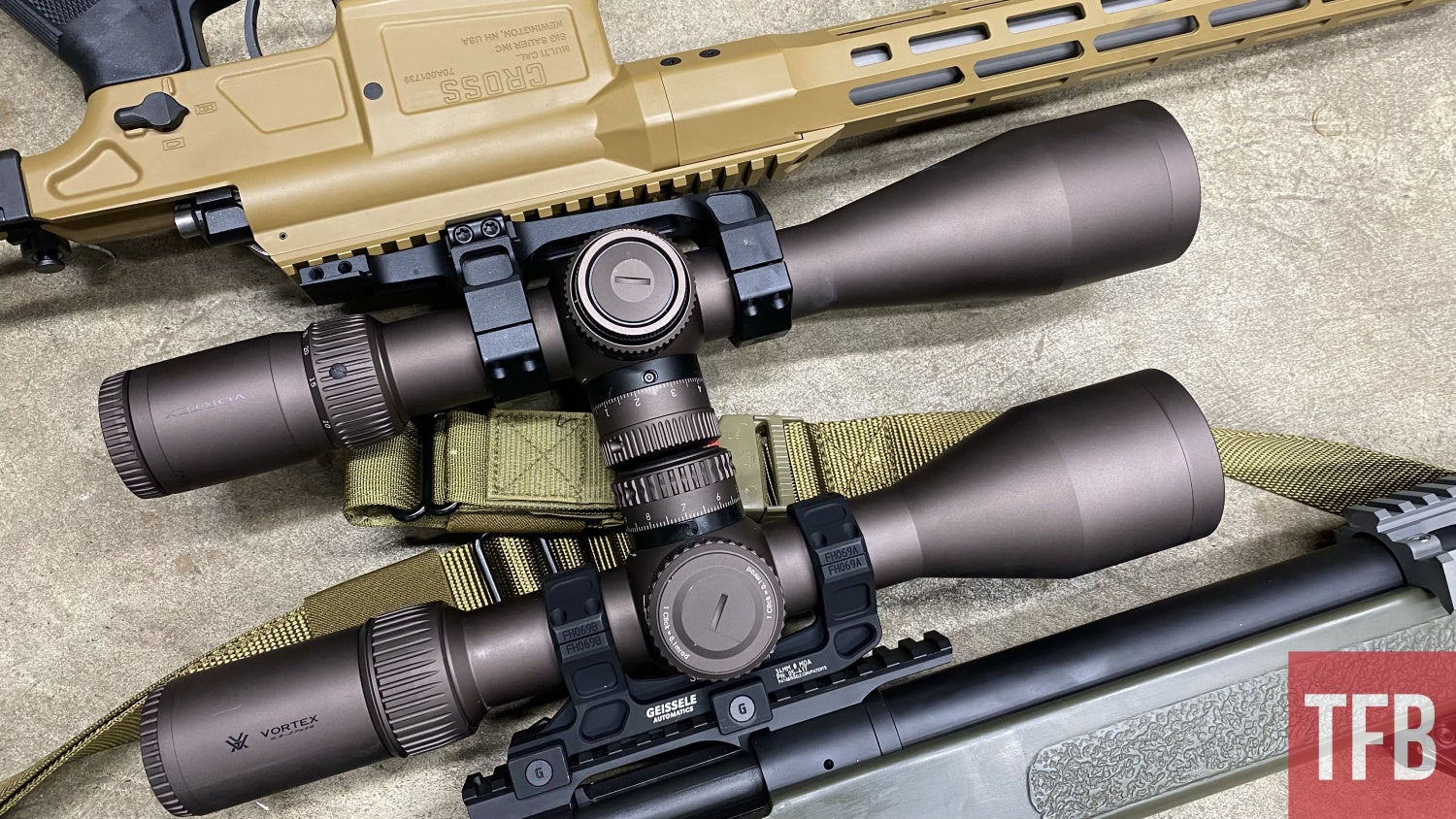
If you’re living out west or have long open expanses to shoot, I would 100% recommend the larger Razor Gen III 6-36. At longer ranges, this optic truly shines. If its something like PRS shooting competitions or shooting out 1,000+ yards, Vortex doesn’t make a better optic than the Razor 6-36×56 for this style of shooting. It may not have low minimum magnification, but for long to extended ranges, this optic is fantastic. The level of clarity really helps see out to further distances. These two scopes may be similar but they both excel at various things.
Overall Thoughts
So is there a good all-around option? If you live in the Northeast where there are a ton of trees and long distances are tricky to shoot, I would certainly go with the Razor Gen II 4.5-27. It’s a great all-around optic and the lower-powered magnification works really well if you’re out hunting or glassing for animals. If you are looking for a scope that can shoot at longer distances or has a better light collection, the Razor Gen III 6-36 is by far the superior option between the two. This optic really shines at high magnification and it’s one of my favorite optics on the market today. Either way you go, you’ll be getting a high-quality optic for the price.
Let me know what you guys think is more important. Is the lower magnification a factor in deciding on a scope or is the higher magnification with a better light collection worth more to you? Let me know in the comments below. I’d love to hear your opinions on this! If you have questions about optics or firearms in general, don’t be afraid to reach out on Instagram @fridgeoperator. Stay safe out there!
We are committed to finding, researching, and recommending the best products. We earn commissions from purchases you make using the retail links in our product reviews. Learn more about how this works.
 Your Privacy Choices
Your Privacy Choices
